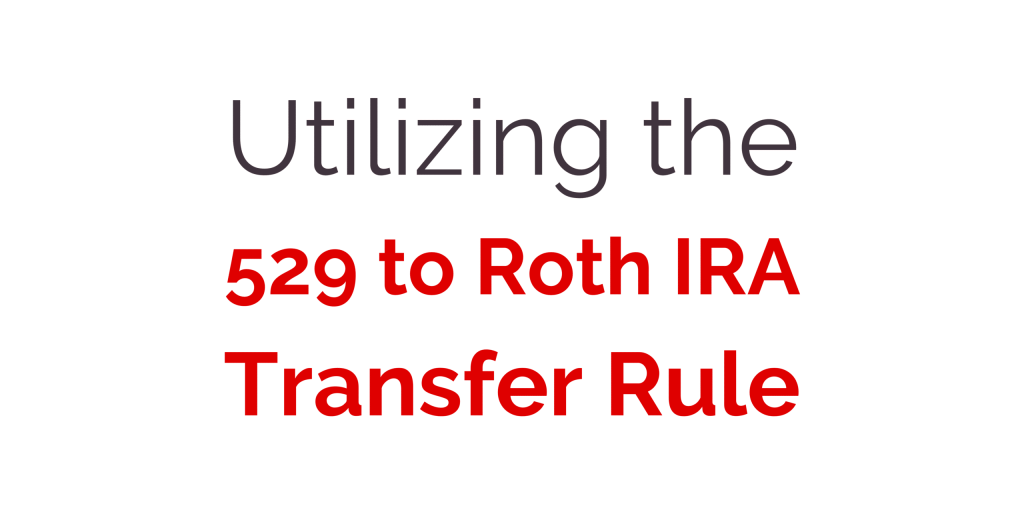With the recent passage of the Secure Act 2.0 came a new strategy for those that have an overfunded 529 plan – the ability to transfer 529 funds to a Roth IRA. In this post, we will review the “Transfer of Excess 529 Funds to a Roth IRA” rule as well as the requirements that anyone pursuing this strategy will want to be aware of.
Common Investing Mistakes
Welcome to Cup of Bull, my name is Michael Dunham, Director of Planning here at Fontana Financial Planning, and with me today is Patrick Fontana,




